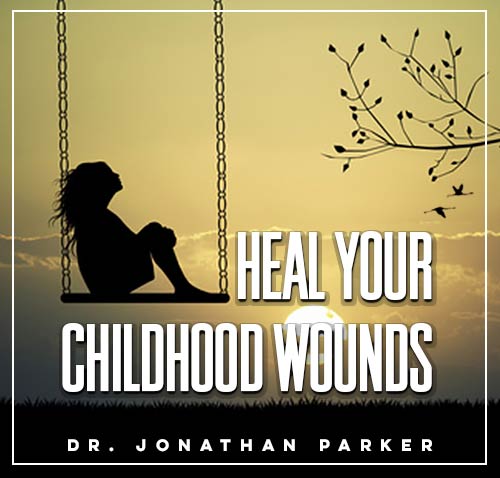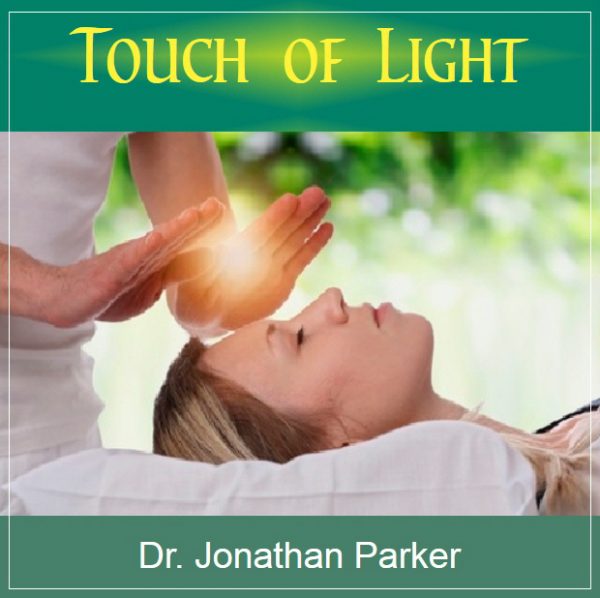Overcome Childhood Pain: Find Inner Healing

Before diving in, please note: This post is for informational purposes only. If you’d like to know more about how we approach topics, feel free to check out our friendly Disclaimer Page.
Hey there, amazing readers! 🖐️ Just a quick note: yes, we know there are a lot of ads here. Trust us, we get it—it’s not the prettiest look, but they help us keep this blog alive and kicking. Those pesky little ads cover the costs of all the behind-the-scenes magic, from hosting and tech stuff to creating content we hope you’ll love.
We’re committed to delivering quality posts, and your support (even just sticking around despite the ads) means everything to us. So, bear with us, and thanks for helping us keep the good vibes rolling. Now, on to the fun stuff! 😉
TRANSLATE BUTTON AT THE END OF THE ARTICLE
A Quick Overview
Childhood pain can have a lasting impact on an individual’s emotional well-being and overall quality of life.
Unresolved trauma from childhood can manifest in various ways, affecting relationships, self-esteem, and mental health.
It is crucial to address and heal these wounds to live a fulfilling and balanced life.
Finding inner healing is a process that involves self-reflection, self-compassion, and seeking support from professionals and loved ones.
This article explores the importance of overcoming childhood pain and provides strategies to help individuals on their journey towards inner healing.
Understanding the Impact of Childhood Pain
Childhood pain can stem from a variety of sources, such as abuse, neglect, loss, or witnessing traumatic events.
These experiences can shape a person’s beliefs, behaviors, and relationships well into adulthood.
When left unaddressed, childhood pain can lead to emotional distress, low self-esteem, and difficulties in forming healthy connections with others.
It is essential to understand the impact of these early experiences to begin the healing process effectively.
Recognizing the Signs of Unresolved Trauma
Recognizing the signs of unresolved trauma is the first step towards healing.
Symptoms of childhood pain may include anxiety, depression, mood swings, self-destructive behaviors, and a sense of numbness or detachment.
Individuals may also experience flashbacks, nightmares, or intrusive thoughts related to past traumatic events.
By acknowledging these signs, individuals can start to address the root causes of their pain and work towards finding inner healing.
The Importance of Inner Healing
Inner healing is essential for overcoming childhood pain and reclaiming one’s sense of self.
It involves exploring and processing emotions, challenging negative beliefs, and fostering self-compassion and forgiveness.
Inner healing allows individuals to release past hurts, gain a deeper understanding of themselves, and cultivate resilience in the face of adversity.
By embarking on a journey of self-discovery and healing, individuals can break free from the cycle of pain and create a more fulfilling life.
Strategies for Overcoming Childhood Pain
There are various strategies that individuals can use to overcome childhood pain and find inner healing.
Some effective approaches include:
Therapy: Seeking professional therapy can provide a safe space to explore past traumas, process emotions, and learn coping skills.
Mindfulness and meditation: Practicing mindfulness and meditation can help individuals stay present, reduce stress, and cultivate self-awareness.
Creative outlets: Engaging in creative activities such as art, music, or writing can be therapeutic and aid in processing emotions.
Physical exercise: Regular exercise can boost mood, reduce anxiety, and improve overall well-being.
Journaling: Keeping a journal to express thoughts and emotions can be a powerful tool for self-reflection and healing.
Seeking Professional Help and Support
Seeking professional help from therapists, counselors, or support groups can be instrumental in the healing process.
These professionals are trained to provide guidance, support, and evidence-based therapies to help individuals navigate their childhood pain and work towards healing.
Connecting with a supportive community can also offer a sense of belonging and understanding, fostering a safe environment for individuals to share their experiences and emotions.
Healing Through Self-Reflection and Awareness
Self-reflection and awareness are crucial components of inner healing.
Taking the time to explore past experiences, emotions, and beliefs can lead to a deeper understanding of oneself and the root causes of childhood pain.
By practicing self-awareness, individuals can identify patterns of behavior, thoughts, and emotions that may be tied to their past trauma.
This self-reflection allows individuals to make conscious choices towards healing and personal growth.
Discover "SUPERFOODS: The Key to Health and Balance🥗" 🌿🌺
Practicing Self-Compassion and Forgiveness
Practicing self-compassion and forgiveness is essential in the healing process.
By showing kindness and understanding towards oneself, individuals can begin to let go of self-blame, guilt, and shame associated with childhood pain.
Forgiveness towards oneself and others involved in the traumatic experiences can release the emotional burden and pave the way for inner peace and healing.
Cultivating self-compassion and forgiveness is a powerful way to foster self-love and acceptance.
Cultivating Resilience and Emotional Strength
Cultivating resilience and emotional strength is key to overcoming childhood pain.
Building resilience involves developing coping skills, setting boundaries, and nurturing a positive mindset.
By learning to adapt to challenges, bounce back from setbacks, and regulate emotions, individuals can navigate the healing journey with greater strength and resilience.
Developing emotional strength allows individuals to face their past traumas with courage and perseverance.
Building Healthy Coping Mechanisms
Building healthy coping mechanisms is essential for managing triggers and emotions related to childhood pain.
Healthy coping strategies may include:
Engaging in relaxation techniques such as deep breathing or progressive muscle relaxation.
Seeking social support from friends, family, or support groups.
Setting boundaries to protect one’s emotional well-being.
Engaging in hobbies or activities that bring joy and fulfillment.
Practicing self-care through exercise, healthy eating, and adequate rest.
By incorporating healthy coping mechanisms into daily life, individuals can better manage stress, regulate emotions, and promote overall well-being.
Connecting with Others for Support
Connecting with others for support is a crucial aspect of the healing journey.
Building a network of trusted friends, family members, or support groups can provide emotional validation, understanding, and encouragement.
Sharing experiences and emotions with others who have similar struggles can create a sense of belonging and reduce feelings of isolation.
By connecting with supportive individuals, individuals can feel heard, understood, and supported in their healing process.
Embracing Growth and Transformation
Embracing growth and transformation is a profound outcome of inner healing.
Through the process of overcoming childhood pain, individuals can experience personal growth, self-discovery, and empowerment.
By confronting and healing past traumas, individuals can break free from limiting beliefs, behaviors, and patterns that no longer serve them.
Embracing growth and transformation allows individuals to create a new narrative of strength, resilience, and self-compassion.
Finding Peace and Closure in Healing
Finding peace and closure in healing is the ultimate goal of overcoming childhood pain.
By engaging in the inner healing process, individuals can release past hurts, forgive themselves and others, and find acceptance and peace within themselves.
Healing childhood pain allows individuals to reclaim their sense of self-worth, build healthier relationships, and live a more fulfilling life.
Finding peace and closure in healing is a transformative journey towards inner freedom and emotional well-being.
Conclusion
Overcoming childhood pain and finding inner healing is a journey that requires courage, self-awareness, and support.
By understanding the impact of childhood pain, recognizing the signs of unresolved trauma, and embracing strategies for healing, individuals can embark on a path towards healing and transformation.
Seeking professional help, practicing self-reflection, cultivating self-compassion, and building resilience are essential components of the healing process.
By connecting with others for support, embracing growth, and finding peace and closure in healing, individuals can heal from childhood pain and create a life filled with self-love, resilience, and inner peace.

The Enlightenment Journey is a remarkable collection of writings authored by a distinguished group of experts in the fields of spirituality, new age, and esoteric knowledge.
This anthology features a diverse assembly of well-experienced authors who bring their profound insights and credible perspectives to the forefront.
Each contributor possesses a wealth of knowledge and wisdom, making them authorities in their respective domains.
Together, they offer readers a transformative journey into the realms of spiritual growth, self-discovery, and esoteric enlightenment.
The Enlightenment Journey is a testament to the collective expertise of these luminaries, providing readers with a rich tapestry of ideas and information to illuminate their spiritual path.
Our Diverse Expertise 🌟
While our primary focus is on spirituality and esotericism, we are equally passionate about exploring a wide range of other topics and niches 🌍📚. Our experienced team is dedicated to delivering high-quality, informative content across various subjects ✨.
To ensure we provide the most accurate and valuable insights, we collaborate with trusted experts in their respective domains 🧑🏫👩🏫. This allows us to offer well-rounded perspectives and knowledge to our readers.
Our blog originally focused on spirituality and metaphysics, but we’ve since expanded to cover a wide range of niches. Don’t worry—we continue to publish a lot of articles on spirituality! Frequently visit our blog to explore our diverse content and stay tuned for more insightful reads.







